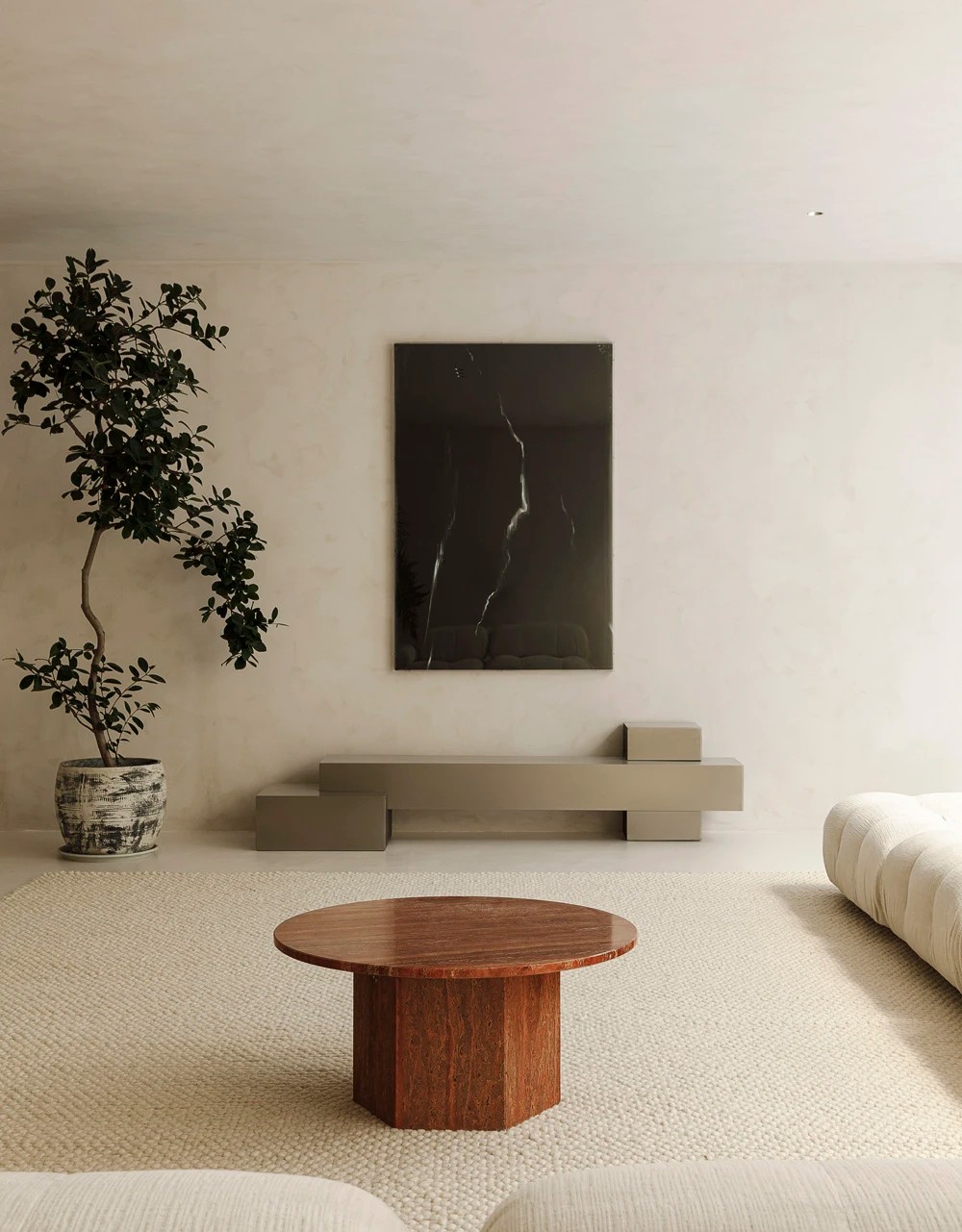Sichang Road Teahouse Miao Design Studio
2013-03-31 01:00
架构师提供的文本描述。这个项目试图在微观范围内解决一个巨大的问题-中国城市居民日益与自然隔绝。昆山位于长江三角洲地区,是一片雨量充沛的平地。该地区的城镇历史上形成了一个独特的景观纵横交错的运河和众多的池塘。传统建筑挨着甚至悬挑在运河上。不幸的是,过去三十年快速的城市扩张和更新不仅使城市变得更大,而且还把如此复杂的城市水域变成了六车道的街道和密集的塔楼。尽管开发人员在他们的项目中创建了一些喷泉,但这些特性往往是死水。各种法规进一步禁止人们和建筑物与其他河流和湖泊发生任何亲密接触。因此,今天的城市儿童往往忘记了自然水的感觉,以及蚯蚓和蟋蟀,这是中国高密度城市对自然漠不关心的症状之一。
Text description provided by the architects. This project tries to address a mega problem at a micro scale — the increasing isolation of chinese urban resisdents from nature. Kunshan is in the Yangtze River delta region, a flat land with lots of rainfall. Towns in the region historically developed a unique landscape of crisscross canals and numerous ponds. Traditional buildings were next to or even cantilevered over the canals. Unfortunately, the rapid urban expansion and renewal of the past three decades have not only made cities bigger, but also transformed such intricate urban water areas into six-lane streets and dense towers. Even though developers created some fountains in their projects, these features tend to be of dead water. Various regulations further keep people and buildings from any intimate contact with remaining rivers and lakes. As a result, today’s urban children often forget the feeling of natural water, along with earthworms and crickets, which are part of the symptoms of apathy towards nature in Chinese high-density cities.
试图通过一小步设计建筑来缓解这一大问题,这些建筑鼓励人们发展与自然水的亲密关系,这样他们就会更热爱自然,并要求更全面的城市环境。
The attempt was to alleviate this big problem with a small step – designing buildings that encourage people to develop an intimacy with natural water so that they will love nature more and demand a more holistic urban environment.
位于昆山新住宅区的一条城市街道和一条保留的河流之间,茶馆的设计探索了让使用者真正接近水的方法。河水高度波动很大。因此,我们设计了一个中间池,把河水从河里抽出来。从茶馆看,游泳池似乎与河水融为一体。一排梅花树沿着河岸一直延伸到池子里。十间私人茶室采用玻璃吊舱的形式,被水包围,半沉在游泳池里。用户可以打开窗户,触碰胳膊肘下的水,就像在船上一样。小喷泉(从河里抽水)在豆荚之间的缝隙里冒泡。在玻璃屋顶上有一层藤蔓的木屋,让人们有了从黑暗的阴影下窥视这条明亮河流的感觉。塔楼的设计也在双曲版本的“平坦曲线”(在中国传统建筑中常见的一种形式)上进行了试验,采用了一种低技术和低成本的方法。
Located between an urban street and a preserved river in a new residential area of Kunshan, the design of the teahouse explored ways to allow users to truly be close to the water. The river level fluctuates greatly. Therefore we designed an intermediating pool that draws its water from the river. Viewed from the teahouse, the pool appears to merge with the river. A row of metasequoia trees along the river bank continues into the pool. Ten private tea rooms take the form of glass pods surrounded by water and are half-sunken into the pool. Users can open the windows and touch the water under their elbows, just like in a boat. Tiny fountains (drawing water from the river) are bubbling in the gaps between the pods. A layer of wood trellises with vines above the glass roof affords people the feeling of peeking into the bright river from under the dark shades. The design of the trellises also experimented on a double curved version of “flat curve”--a form often seen in traditional Chinese architecture- with a low-tech and low-cost method.
Architects Miao Design Studio
Category Commercial Architecture
Local Architect Shanghai Landscape Architecture Design Institute
 举报
举报
别默默的看了,快登录帮我评论一下吧!:)
注册
登录
更多评论
相关文章
-

描边风设计中,最容易犯的8种问题分析
2018年走过了四分之一,LOGO设计趋势也清晰了LOGO设计
-

描边风设计中,最容易犯的8种问题分析
2018年走过了四分之一,LOGO设计趋势也清晰了LOGO设计
-

描边风设计中,最容易犯的8种问题分析
2018年走过了四分之一,LOGO设计趋势也清晰了LOGO设计


























































